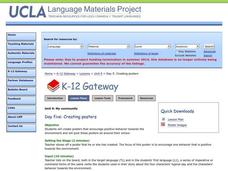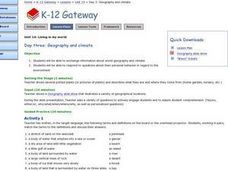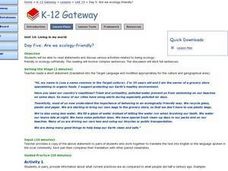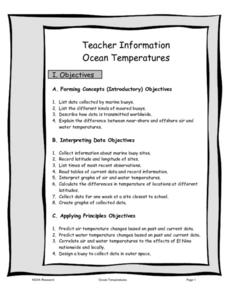Curated OER
Koi Pond
Create this beautiful koi pond scene using watercolor paper, crayons, and paints. This would be a fantastic project to link to a scientific study of pond life or a historical study of Japanese culture.
Curated OER
Natural Disasters
Students read the book "Tsunami!" and discuss natural disasters and how they can prepare. This lesson is much more than a study of tsunamis. The lesson is chock-full of ways to study the Japanese culture across the curriculum. There are...
Global Oneness Project
Resurrecting a Home
Davina Pardo's documentary Minka asks viewers to consider that value of preserving traditional dwellings and traditional building techniques by examining how American journalist John Roderick and Japanese architect Yoshihiro Takishita...
Curated OER
Around the World, A Multicultural Unit
Learners investigate Native American tribes through their stories. In this cultural lesson, students read stories of the Inuit tribe and discuss the themes, people, and customs. Learners illustrate a picture of the Inuit...
Curated OER
Put on a Happy Face!
Students explore using recycled materials. In this ecology/art lesson, students use recycled materials to create a Halloween mask. Students view folk art made of natural and available resources, and discuss possible cultural uses for...
Curated OER
Kirigami: The Ancient Art of Paper Cutting
Young scholars perform inquiry into the ancient art of Kirigami. The research provides a context for the lesson and how it is related to History. Students also appreciate the art for the sake of its contribution to culture.
Curated OER
Wind, What Causes It?
Middle schoolers explore what causes wind, why wind behaves as it does, early cultural beliefs about wind, high and low pressure systems, basic fluid dynamics, units of measurement for wind, and how lift is caused; students create and...
Japan Society
A Remade Environment
Art is a wonderful way to express feelings of social unrest or change. Learners will examine the works of two contemporary Japanese artists, and how they each have used art to say something big. They analyze the work of Katsuhiro Saiki...
Gobal Oneness Project
Passionate Pursuits
Not all technology is digital. Teach learners about the low-tech maker movement with a photo essay about six artisans from California and two articles about the local creator movement. After tackling the photo essay in small...
Curated OER
Magpies across the milky way
Students make origami birds after studying about Asian legends and culture. In this Asian legends lesson plan, students also learn about Asian art, constellations, and the Milky Way Galaxy.
Curated OER
Comparative Embryology Using Japanese Medaka Fish
Pupils conduct an experiment to control the breeding of Japanese Medaka fish. They collect the fertilized eggs and view and record the fish's embryological development daily to compare the stages to human development.
Curated OER
Why Were the Japanese Interned During World War II?
Seventh graders analyze sources to determine why Japanese-Americans were placed in internment camps during World War II. They discuss the fact that individual rights are sometimes taken by institutions because of fear and paranoia. They...
Curated OER
"For The Birds" [part II]
Students examine how Chinese and Japanese artists used different kinds of birds
as representations of ideas that were important in both cultures and create their own birds using the technique of origami.
Curated OER
Social Studies: Exploring Japan
Fourth graders examine the culture and environment of Japan, beginning with a KWL chart. They use clay and cups of water to construct representations of the Japanese Islands. After designing flags representing farming and food, 4th...
Curated OER
Blooming Thermometers
Students study phenology, or the study of climate change. They research the Japanese springtime festival of Hanami and plot and interpret average cherry blossom bloom date data from the past 1100 years.
Curated OER
Natural Wonders of China And Japan
Students identify some of the attributes of China and Japan and compare and contrast the way Chinese, Japanese, and American artists represent nature in art. The lesson is for upper-elementary classrooms.
Curated OER
"For the Birds" [part I]
Students identify birds that appear in Chinese and Japanese art, learning about
their physical characteristics, classifying them according to scientific principles, and exploring their habitats and migration patterns. This is part one...
Curated OER
A Whale of a Difference
Students research various perspectives on Japan's commercial whaling industry and formulate position papers representing these views. They read the Times article, Yuk! No More Stomach for Whales. Groups present their perspectives on...
Curated OER
Creating Posters
Students design original posters that encourage good attitudes towards the environment. In this positive environment lesson, students brainstorm and create a list of positive behaviors for a good environment. Students create...
Curated OER
Geography and Climate
Students investigate geographical locations and their own personal experiences with the environment. In this environmental identification instructional activity, students participate in a match game using certain environmental and...
Curated OER
Are We Ecology-Friendly?
Students explore ecology. In this ecology lesson, students read scenarios, discuss them in groups and decide if they are eco-friendly or not. Students discuss the differences in eco-friendly practices fifty years ago and now. Students...
Curated OER
National Museum of the Pacific War
Learners examine the role of science and technology in World War II. They discover how some inventions have changed to meet society's need after the war was over. They visit the museum to complete the lesson plan.
Curated OER
Ocean Temperatures
Pupils list data collected by marine buoys and the different kinds of moored buoys. They describe how data is transmitted worldwide. They explain the difference between near shore and offshore air and water temperatures.
Curated OER
How Do Values Shape Conflicts?
Pupils work through conflict. In this conflict resolution lesson, students participate in a simulation that requires them to consider both sides of the whaling issue.


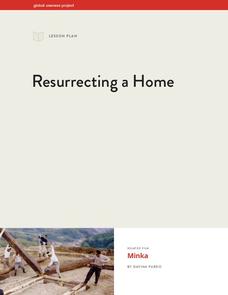
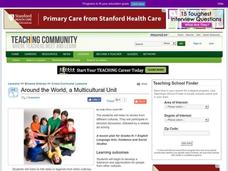
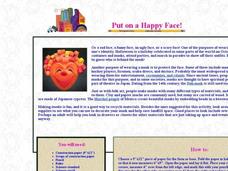

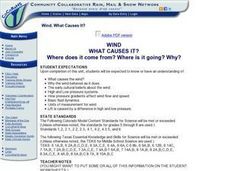


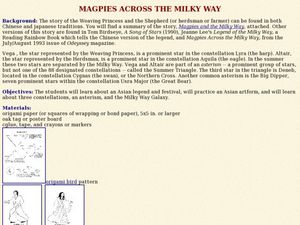


!["For The Birds" [part II] Lesson Plan "For The Birds" [part II] Lesson Plan](http://content.lessonplanet.com/resources/thumbnails/122476/large/cgrmlwnvbnzlcnqymdeymtaxny0yoda5lwu0ew85zi5qcgc.jpg?1414222640)
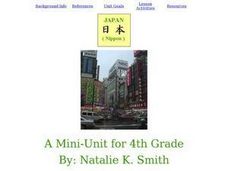


!["For the Birds" [part I] Lesson Plan "For the Birds" [part I] Lesson Plan](http://content.lessonplanet.com/resources/thumbnails/122462/large/cgrmlwnvbnzlcnqymdeymtaxny0ynji5lwd4n2h5by5qcgc.jpg?1414222903)

